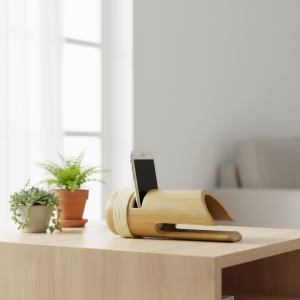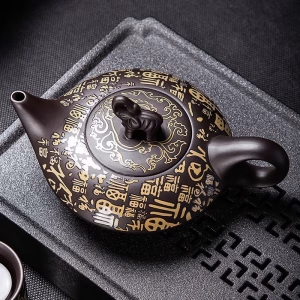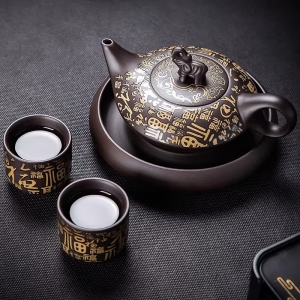Why Your Yoga Style MattersYoga is far from a one-size-fits-all practice; it’s a deeply personal journey that shifts with your mood, energy, and the rhythms of daily life. Whether you’re rolling out your mat at dawn to greet the day or unwinding after hours at a desk, the style you choose can transform not just your session, but your entire outlook. I remember my first foray into yoga—a packed, heated Vinyasa class that left me both exhilarated and utterly drained. It taught me early on that intention is everything. On days when my mind is scattered, a grounding Hatha practice helps recenter me, while a vigorous Ashtanga sequence pulls me out of lethargy. Understanding the nuances of each style—the pace, the focus, the physical and mental demands—empowers you to tailor your practice to your needs, making yoga not just exercise, but a true companion through life’s ups and downs.

Matching Practice to PurposeMorning practices often call for invigoration. Styles like Ashtanga or Power Yoga, with their dynamic sequences and emphasis on building heat, are perfect for shaking off sleep and sparking energy for the day ahead. These practices prioritize strength, stamina, and a moving meditation that syncs breath with motion. Conversely, evening sessions benefit from slower, introspective styles. Restorative or Yin Yoga, which involve long-held, passive poses supported by props, guide the nervous system toward relaxation and are ideal for releasing the tension accumulated from a demanding day. For those managing stress or seeking mental clarity, I often recommend a gentle Vinyasa flow or even a meditation-focused Kundalini session—the rhythmic breathing and repetitive movements can work wonders on an anxious mind.
Seasonal changes also influence the ideal practice. In winter, when energy can feel dormant, a stronger, heating practice like Bikram (practiced in a heated room) can help combat the cold and stagnation. Summer, with its expansive energy, might invite more outdoor, fluid practices like Vinyasa in the park. Even your life stage plays a role; prenatal yoga focuses on safety and comfort for expectant mothers, while gentle Chair Yoga makes the practice accessible for seniors or those with mobility challenges. The beauty lies in this adaptability—yoga meets you where you are.
Industry reports suggest that the popularity of specific yoga styles fluctuates, with dynamic practices like Vinyasa often dominating studio schedules, accounting for around 6%–12% of all classes offered in major metropolitan areas. However, the growth of niche styles—such as aerial yoga or yoga nidra—indicates a broadening interest in specialized practices that serve very specific emotional or physical needs. This diversity means there’s truly something for everyone, whether you’re looking to build muscle, find emotional balance, or simply breathe more deeply.
One of my favorite good finds is the Manduka eKO SuperLite travel mat. It’s incredibly thin and lightweight, making it perfect for practicing outdoors, in a hotel room, or even at the office during a lunch break. Its non-slip surface handles light flows well, and it rolls up small enough to fit in a tote bag. For those who value spontaneity and practicing on the go, it’s a game-changer—no more excuses about not having your mat handy!
I’ll never forget a sunset session on a quiet beach last summer. I unrolled my mat as the sky turned orange and purple, opting for a slow, intuitive flow without a plan. There was no playlist, no instructor, just the sound of waves and my own breath. It was in that unstructured space that I felt most connected—to myself, to nature, to the essence of why I practice. It reminded me that while styles provide valuable frameworks, sometimes the best practice is the one that simply feels right in the moment.
Ultimately, the most important tip is to listen—to your body, your energy levels, and your intuition. Don’t force a powerful practice if you’re exhausted; opt for restoration instead. Likewise, if you’re feeling sluggish but resist a more energetic style, gently challenge that resistance. Your mat is a judgment-free zone for exploration. The right style for the right occasion isn’t about rules—it’s about awareness. It’s what makes yoga a lifelong practice, endlessly rich and deeply personal.
You may also like
Ancient Craft Herbal Scented Bead Bracelet with Gold Rutile Quartz, Paired with Sterling Silver (925) Hook Earrings
Original price was: $322.00.$198.00Current price is: $198.00. Add to cartAncient Craftsmanship & ICH Herbal Beads Bracelet with Yellow Citrine & Silver Filigree Cloud-Patterned Luck-Boosting Beads
Original price was: $128.00.$89.00Current price is: $89.00. Add to cartBambooSoundBoost Portable Amplifier
Original price was: $96.00.$66.00Current price is: $66.00. Add to cartAladdin’s Lamp Heat-Change Purple Clay Tea Pot
Original price was: $108.00.$78.00Current price is: $78.00. Add to cartGuangxi Zhuang Brocade Handmade Tote – Ethnic Boho Large-Capacity Shoulder Bag
Original price was: $172.00.$150.00Current price is: $150.00. Add to cartHandwoven Zhuang Brocade Tote Bag – Large-Capacity Boho Shoulder Bag
Original price was: $178.00.$154.00Current price is: $154.00. Add to cart












